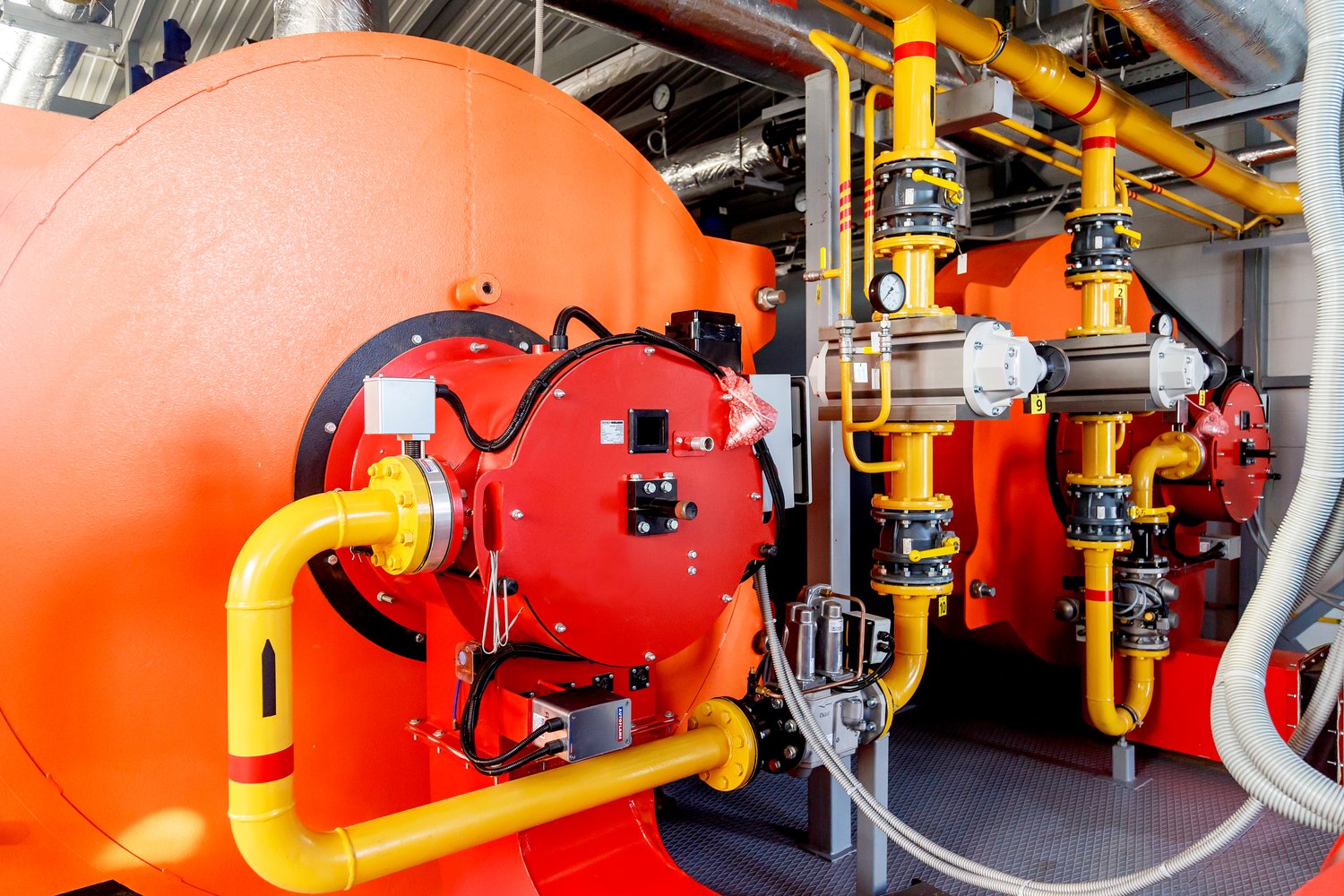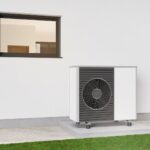Understanding boiler types and their applications
Boilers and furnaces are essential components of home heating systems. They come in various types, each suited for different needs and environments. Gas boilers are popular due to their efficiency and relatively low operating costs. Solid fuel boilers offer an alternative for areas without access to natural gas. Electric boilers and accessories provide a compact solution for smaller spaces. Understanding these options is crucial for making an informed decision. Each type has its advantages and considerations, which we’ll explore in detail throughout this guide.
Gas boilers are the most common choice in urban areas. They heat water quickly and efficiently, using natural gas or propane as fuel. These boilers typically have an efficiency rating of 90% or higher. Solid fuel boilers, on the other hand, burn wood, coal, or biomass. They’re often chosen for their independence from utility companies. Electric boilers and accessories are gaining popularity in well-insulated homes. They’re 100% efficient in converting electricity to heat, but operating costs can be higher depending on electricity prices.
When selecting a boiler, consider your home’s size and heating requirements. A typical 3-bedroom house might need a boiler with an output of 24-35 kW. Larger homes may require up to 40 kW or more. It’s essential to have a professional assessment to determine the right size. Oversized boilers can lead to energy waste, while undersized ones may struggle to meet demand. The age and insulation of your property also play a role in this decision.
Installation costs vary significantly between boiler types. Gas boilers generally cost between $2,500 and $5,000 to install. Solid fuel boilers can range from $3,000 to $8,000, depending on the system’s complexity. Electric boilers are often the least expensive to install, with costs typically between $1,500 and $3,000. However, it’s important to consider long-term operating costs alongside initial installation expenses.
Efficiency ratings and energy savings
Efficiency is a crucial factor in boiler selection. Modern condensing boilers can achieve efficiency ratings of up to 98%. This means they convert almost all of their fuel into usable heat. Non-condensing boilers, by comparison, typically operate at 70-80% efficiency. The difference can result in significant energy savings over time. In the UK, for example, upgrading from a G-rated boiler to an A-rated one can save up to £305 per year on energy bills.
Gas boilers often lead in efficiency ratings. The best models can achieve a Seasonal Efficiency of Domestic Boilers in the UK (SEDBUK) rating of A. Solid fuel boilers vary more in efficiency, ranging from 60% to 90% depending on the fuel and technology used. Electric boilers are 100% efficient at the point of use, but the overall efficiency depends on how the electricity is generated.
To maximize efficiency, regular maintenance is essential. Annual servicing can improve efficiency by up to 15%. This includes cleaning components, checking for leaks, and ensuring proper combustion. Smart thermostats can further enhance efficiency by optimizing heating schedules. These devices can learn your habits and adjust heating accordingly, potentially saving an additional 10-15% on energy bills.
When comparing boilers, look for the Energy Star label in the US or the Energy-related Products (ErP) rating in Europe. These labels provide standardized efficiency information. An A+++ rated boiler will be more efficient than an A-rated one. However, the most efficient option may not always be the most cost-effective. Consider your usage patterns and local energy prices when making a decision.
Environmental impact and sustainable heating options
Boilers and furnaces have varying environmental impacts. Gas boilers produce about 215g of CO2 per kWh of heat generated. Oil boilers emit even more, at around 320g CO2/kWh. Electric boilers produce no emissions at the point of use, but their overall impact depends on the electricity source. In countries with high renewable energy use, electric boilers can be a low-carbon option.
Biomass boilers offer a renewable heating solution. They burn organic materials like wood pellets or chips. These fuels are considered carbon-neutral, as the CO2 released during burning is offset by the CO2 absorbed during plant growth. However, transportation and processing of biomass fuels do have some environmental impact. A typical biomass boiler can reduce a household’s carbon footprint by up to 9.5 tons of CO2 per year compared to a coal boiler.
Heat pumps are gaining popularity as an eco-friendly alternative to traditional boilers. Air source heat pumps can produce up to 3 units of heat for every unit of electricity used. This makes them 300% efficient, compared to the 90-98% efficiency of the best gas boilers. Ground source heat pumps are even more efficient, with some systems achieving 400% efficiency. However, they require significant upfront investment and suitable outdoor space.
Solar thermal systems can complement boilers for hot water production. A typical system can provide up to 60% of a household’s hot water needs. This reduces reliance on the boiler, especially during summer months. When combined with a condensing boiler, solar thermal can reduce gas consumption by up to 25%. The initial cost is high, but government incentives in many countries can make these systems more affordable.
Making the right choice for your home
Selecting the right boiler involves balancing various factors. Consider your home’s size, current insulation level, and hot water demands. A family of four typically uses about 200 liters of hot water daily. This usage pattern helps determine the appropriate boiler capacity. Also, think about future needs. If you’re planning home extensions or have a growing family, choosing a slightly larger capacity might be wise.
Local regulations can influence your choice. Some areas have restrictions on solid fuel appliances due to air quality concerns. Others may offer incentives for low-carbon heating systems. In the UK, for example, the Renewable Heat Incentive provides financial support for biomass boilers and heat pumps. Check with local authorities or energy advisors for region-specific information.
Consider the lifespan and warranty of different boiler types. Gas boilers typically last 10-15 years, while electric boilers can operate for 20-30 years with proper maintenance. Solid fuel boilers often fall between these ranges. Warranty periods vary, but many manufacturers offer 5-10 year warranties on parts and labor. Extended warranties are available but weigh their cost against potential savings.
Finally, consult with multiple heating professionals before making a decision. Get at least three quotes for installation and discuss ongoing maintenance costs. A good installer will provide a heat loss calculation for your home and recommend appropriately sized systems. They should also explain the pros and cons of each option in relation to your specific circumstances. Remember, the cheapest option upfront may not be the most cost-effective in the long run.





